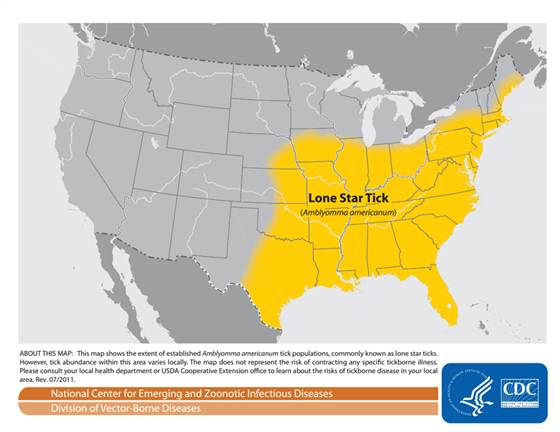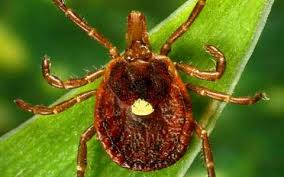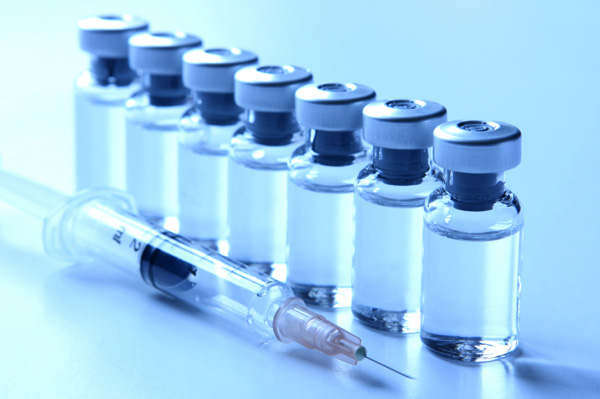Preventive executive physicals catch diseases in their earliest stages and help you maximize your health and longevity.
Attentive primary care lets you have round-the-clock access to the doctor, skip the waiting room forever, and gather all of your healthcare needs–from dentistry to cardiology–under one roof.
Established by Dr. Jeffrey Elting, former White House Physician, Presidential Healthcare Center specializes in bringing the same level of care received by the President of the United States to busy families, executives and those frustrated by assembly-line medicine.













